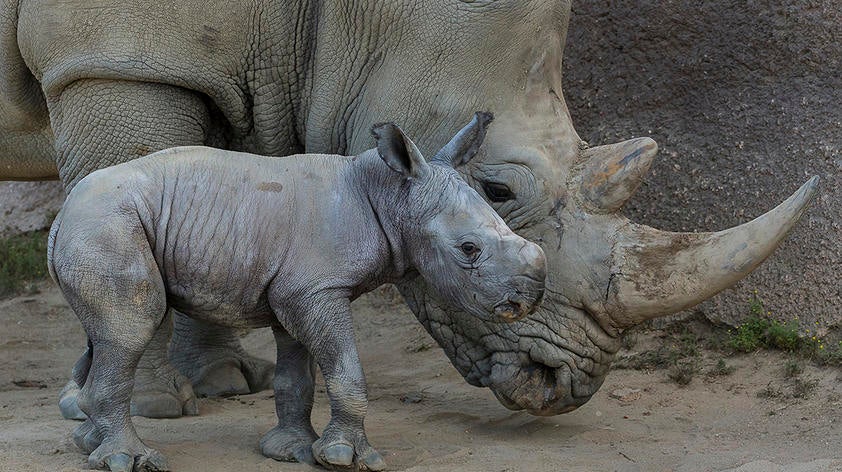
Hormone imposters
In our previous blog, we wrote about the diversity of biological processes hormones control in animals. We also explained that in order to do so, hormones must interact with proteins called receptors. In school, we learn that this is a very specific relationship, much like a lock and key. However, as is often the case in biology, there are exceptions to the rules.
It turns out there is a myriad of natural and manmade chemicals in the environment that can interact with hormone receptors. They accomplish this because their chemical structure is so similar to naturally produced hormones that they can sneak in and bind to the receptor.
Generally speaking, environmental chemicals other than hormones that interact with hormone receptors are called “endocrine disrupting chemicals”, or EDCs. EDCs have been studied for decades, and research has shown that they can bind a receptor and prevent it from working properly. They can also activate a receptor when the hormone is not present, kicking into motion physiological processes typically driven by hormones at in appropriate times.
Given all the processes that hormones control, the mixed signals given by EDCs can be wide-ranging and highly variable in their severity.
Our team is interested in the impacts EDCs can have on reproduction in threatened and endangered species. However, studying these types of questions in species for which there are few individuals, and limited sampling opportunities, can be challenging. To circumvent these challenges, we take advantage of the critical role hormone receptors play in EDC function to identify potential EDCs and predict what effects they may have on a specific species.
Conservation biology is typically portrayed with imagery of researchers working at field sites studying the organisms in natural spaces. The backdrop for our conservation efforts appears a little bit different.
Each of our projects, for the most part, resides in the laboratory. Surrounded by test tubes, cells growing in culture and pipettors, we isolate the genes that encode the hormone receptors from small tissue samples collected from the species we study. We then place those genes inside cells that make the actual receptor proteins. Once the receptor proteins are made by the cells, we treat them with suspected EDCs and measure the interaction between the two, which gives us a clue about their potential to cause reproductive harm.
It may seem far-fetched to think that what we measure in test tubes in the lab can predict how an EDC might affect a complex, living organism. However, we have successfully employed this approach to study the effects of EDCs on a number of species.
Our first foray into this approach focused on how natural, plant-produced chemicals called phytoestrogens affect white rhinos. Our initial studies showed that phytoestrogens were very good at interacting with white rhino estrogen receptors to mimic the hormone estrogen. We believed this might explain why female white rhinos that consume high phytoestrogen diets struggle to reproduce. Working with our animal care colleagues and nutritionists at the Safari Park we removed most of the phytoestrogens from our rhinos’ diets.
Since the diet change, there have been two successful rhino births and two currently ongoing pregnancies in females that had previously failed to reproduce.
Our initial success with our rhino work paved the way for us to conduct similar studies in other species. Currently, we work extensively with California condors, looking at chemicals they consume while feeding on marine mammal carcasses. In another very interesting project, we are looking at the effects of phytoestrogens in big cats, all of which are carnivorous.
In our next few blogs, we look forward to sharing these unfolding stories and hopefully inspiring you to share our appreciation for hormone receptors.













